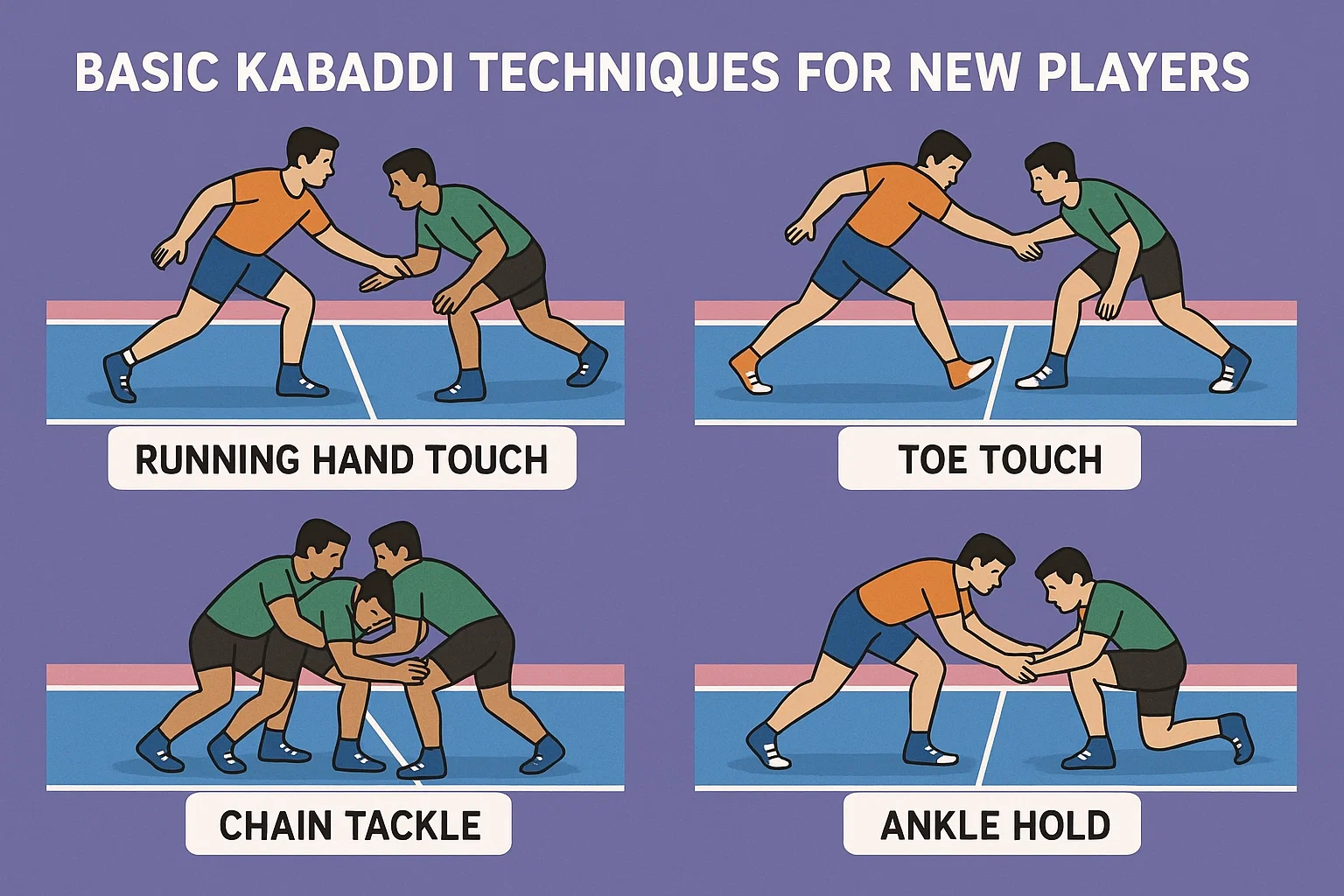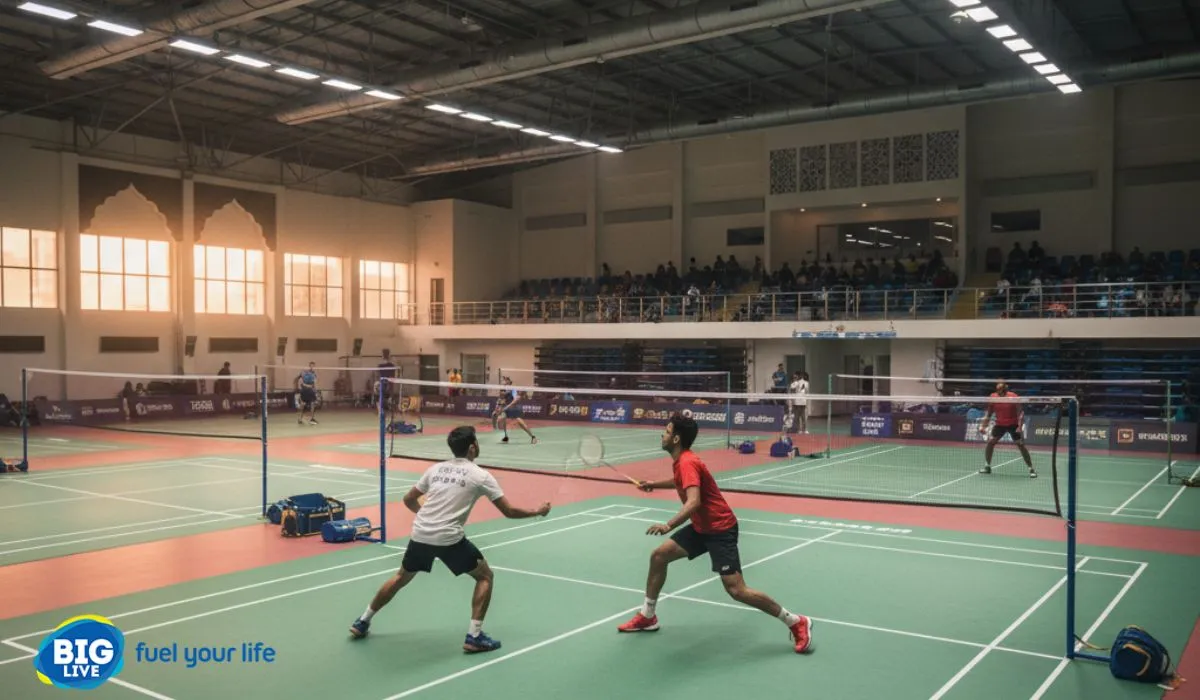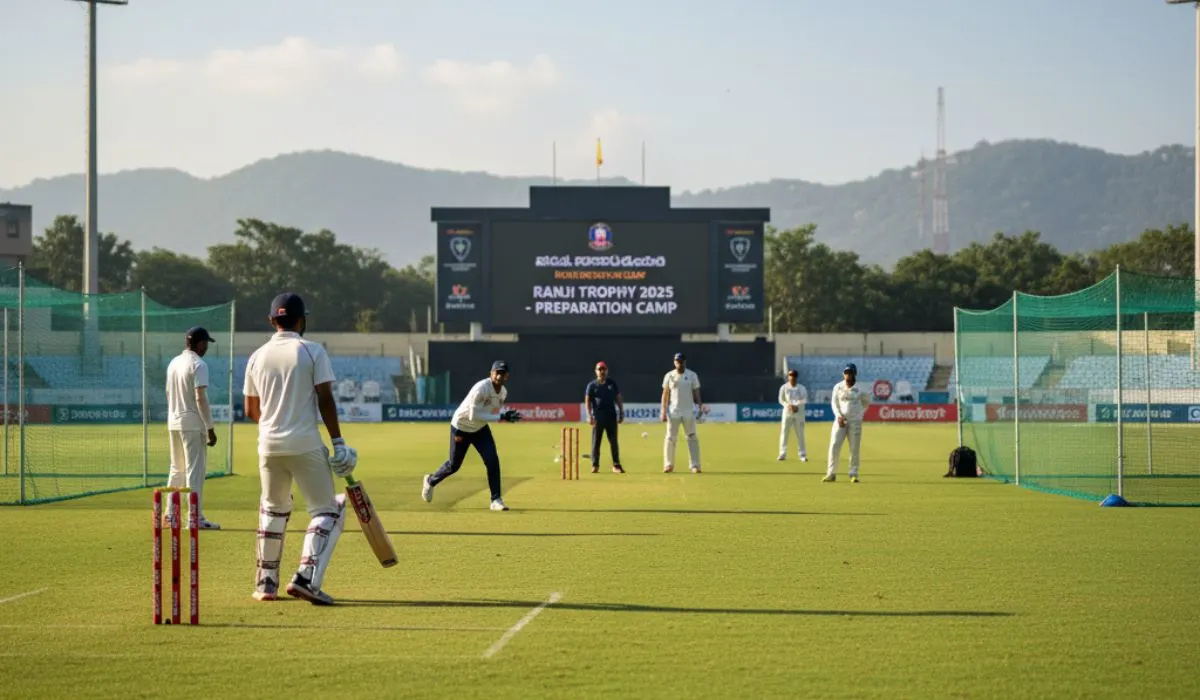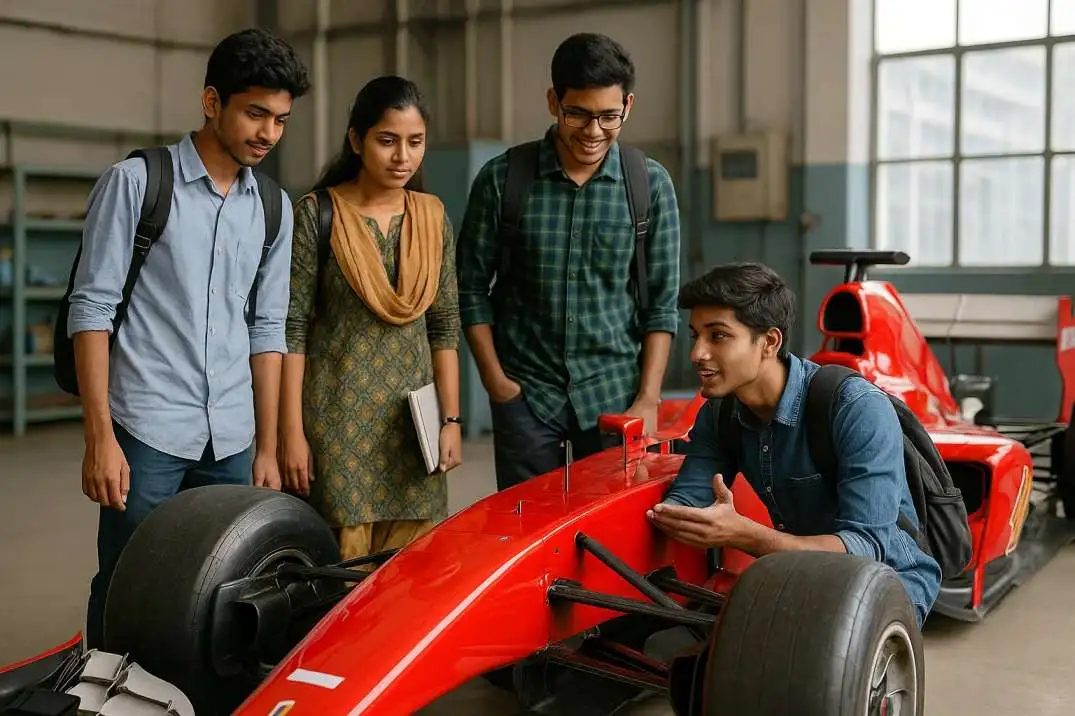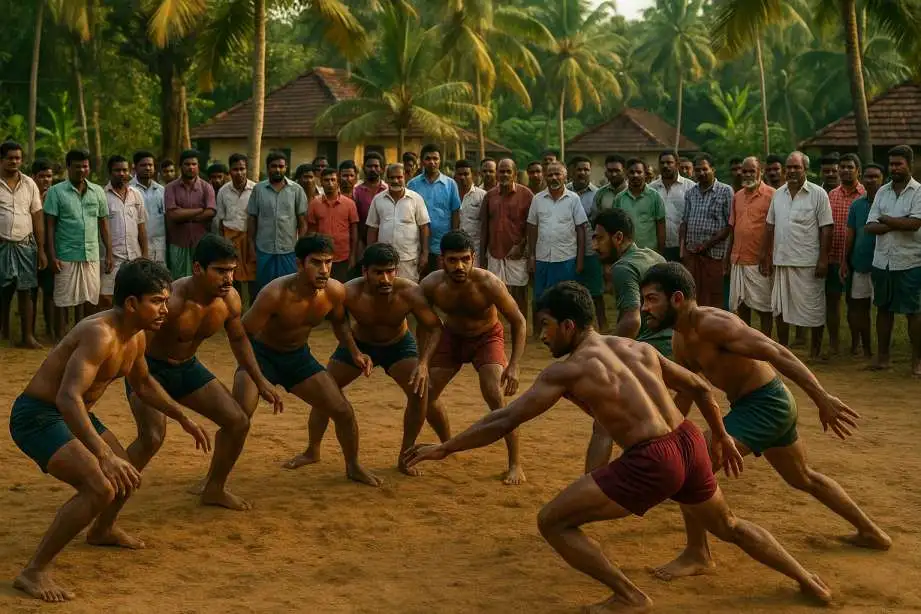Kabaddi is one of the most exciting contact sports I've ever played. When I first stepped onto the kabaddi mat five years ago, I had no idea what I was getting into. The sport looked simple from the outside, but I quickly learned there's so much more to it than meets the eye. If you're new to kabaddi like I once was, you're in for a treat. This ancient sport combines strength, speed, and smart thinking in ways that will surprise you. Today, I want to share everything I've learned about basic kabaddi techniques for new players so you can start your journey with confidence.
What Makes Kabaddi So Special?
Kabaddi is a team sport that's been around for thousands of years. It started in India and has now spread all over the world. The game is simple yet challenging - one player tries to tag opponents while holding their breath and chanting "kabaddi, kabaddi, kabaddi." What I love most about kabaddi is how it brings people together. You don't need expensive equipment or a fancy court. All you need is some space, willing players, and the desire to have fun while getting a great workout.
Understanding the Basic Rules of Kabaddi
Before we dive into techniques, let me explain the basic rules of kabaddi that every new player needs to know. When I started playing, understanding these rules helped me make sense of everything else.
The Playing Field
A kabaddi court is rectangular and divided into two halves. Each team has their own half where they feel safe. The court measures about 13 meters by 10 meters for standard play, though you can adjust the size based on available space.
Team Setup
Each team has seven players on the court at one time. Teams take turns sending one player (called a raider) to the other team's half. The defending team tries to stop the raider from returning to their side.
How Points Are Scored
Players score points in two main ways:
- Raiding points: When a raider successfully touches an opponent and returns safely
- Defending points: When defenders stop a raider from returning to their half
The team with the most points at the end wins the match.
Essential Basic Kabaddi Techniques For New Players
Now let's get into the fun part - the actual techniques you need to master. I remember feeling overwhelmed when I first tried to learn everything at once. Don't worry, I'll break it down into easy steps.
Mastering the Kabaddi Chant
The first thing you need to learn is the continuous chant of "kabaddi, kabaddi, kabaddi." This isn't just tradition - it's a rule. The raider must keep chanting without taking a breath during their entire raid.
When I first started, I would run out of breath quickly. Here's what helped me:
- Practice the chant at home while doing simple exercises
- Learn to say it clearly but not too loudly to save breath
- Keep a steady rhythm that matches your movements
The Art of Raiding
Raiding is probably the most exciting part of kabaddi. As a raider, your job is to enter the opponent's half, touch at least one defender, and return safely to your side.
Key raiding techniques include:
The Toe Touch: This is the safest way to tag opponents. You quickly extend your foot to touch a defender's leg or foot, then immediately retreat.
The Hand Touch: Use your hand to quickly tap an opponent's arm or shoulder. This requires getting closer to defenders, so timing is crucial.
The Dubki: This is a diving move where you go low to avoid defenders' grabs while trying to touch them.
Fundamental Skills of Kabaddi: Defending Strategies
Defending might seem easier than raiding, but it requires its own set of skills. Good defenders work together like a wall that raiders can't break through.
Basic defending positions:
Chain Formation: Defenders link arms to create a human chain that's hard to break through.
Corner Defense: Defenders force raiders into corners where they have fewer escape routes.
Ankle Hold: Grabbing the raider's ankle is one of the most effective ways to stop them.
Thigh Hold: This involves grabbing the raider's thigh to prevent them from moving forward or backward.
Learning the 15 Rules of Kabaddi
Understanding all the 15 rules of kabaddi might seem like a lot, but they're actually quite logical once you get the hang of them. Let me share the most important ones that affected my early games:
Time Limits and Boundaries
- Raiders have 30 seconds to complete their raid
- Players must stay within the court boundaries
- The raider must return to their half before time runs out
Contact Rules
- Only the raider can initiate contact during a raid
- Defenders can only hold the raider, not push or strike
- Wrestling moves are allowed within limits
Breathing Rules
- Raiders must maintain continuous chanting
- Taking a breath during a raid results in the raider being out
- The chant must be clear enough for referees to hear
Physical Preparation and Training
Kabaddi demands excellent physical fitness. When I started playing regularly, I noticed improvements in my strength, flexibility, and endurance within just a few weeks.
Building Core Strength
Your core muscles are essential for both raiding and defending. Strong abs and back muscles help you:
- Maintain balance during quick movements
- Generate power for tackles and escapes
- Stay stable when opponents try to grab you
Simple exercises to try:
- Sit-ups and crunches
- Plank exercises
- Russian twists
- Mountain climbers
Improving Flexibility and Agility
Kabaddi players need to be flexible and quick on their feet. I spend at least 15 minutes before each practice session stretching and doing agility drills.
Helpful flexibility exercises:
- Leg swings and lunges
- Arm circles and shoulder stretches
- Hip rotations
- Ankle rolls
Developing Quick Reflexes
Fast reflexes can make the difference between a successful raid and getting caught. Practice these drills to improve your reaction time:
- Mirror exercises with a partner
- Quick direction changes
- Catching and dodging games
- Balance challenges
Essential Kabaddi Skills for Beginners
Beyond the basic techniques, there are several fundamental skills of kabaddi that every new player should focus on developing.
Footwork Fundamentals
Good footwork is the foundation of everything in kabaddi. Whether you're raiding or defending, your feet need to be quick and precise.
Key footwork principles:
- Stay on the balls of your feet for quick movement
- Keep your stance wide enough for balance but narrow enough for speed
- Practice moving in all directions smoothly
- Learn to change direction quickly without losing balance
Body Positioning
How you position your body affects everything you do in kabaddi. Proper positioning helps you:
- Move more efficiently
- Avoid being caught easily
- Maintain better balance
- Generate more power in your movements
Reading the Game
Kabaddi is as much a mental game as it is physical. Learning to read what opponents are planning gives you a huge advantage. I've found that watching experienced players helped me understand these subtle aspects of the game.
Common Mistakes New Players Make
I made plenty of mistakes when I started playing kabaddi. Learning from these errors helped me improve much faster than I expected.
Rushing Into Action
Many beginners, including myself initially, try to move too fast without thinking. This usually leads to getting caught or making poor decisions. Take your time to observe the situation before making your move.
Ignoring Teamwork
Kabaddi is a team sport, but new players often try to do everything alone. Successful teams communicate constantly and work together on both offense and defense.
Poor Breathing Management
Running out of breath during raids is probably the most common mistake. Practice your chanting at home, and learn to manage your breathing efficiently.
Neglecting Defense
Many new players focus only on raiding because it seems more exciting. However, good defenders win games just as much as skilled raiders do.
Safety Tips and Injury Prevention
Kabaddi is a contact sport, so safety should always be your top priority. In my years of playing, I've learned several important safety practices.
Proper Warm-Up Routine
Never skip your warm-up. A good warm-up prepares your body for the physical demands of kabaddi and reduces injury risk significantly.
My typical warm-up includes:
- 5 minutes of light jogging
- Dynamic stretching for all major muscle groups
- Practice movements specific to kabaddi
- Gradual increase in intensity
Protective Gear
While kabaddi doesn't require much equipment, some protective gear can be helpful:
- Knee pads for players who do a lot of diving
- Proper athletic shoes with good grip
- Comfortable, flexible clothing that won't tear easily
Listening to Your Body
Pay attention to what your body tells you. If something hurts or feels wrong, take a break. Pushing through pain often leads to more serious injuries.
Building Your Kabaddi Skills Over Time
Improving at kabaddi is a gradual process. I've been playing for five years now, and I'm still learning new techniques and strategies.
Setting Realistic Goals
Start with simple goals like:
- Completing a successful raid without getting caught
- Making effective defensive plays
- Improving your chanting endurance
- Working better with teammates
Practice Schedule
Consistency matters more than intensity when you're starting out. I recommend:
- 2-3 practice sessions per week for beginners
- 30-45 minutes per session
- Focus on one or two skills per practice
- Always include both raiding and defending practice
Finding Practice Partners
Kabaddi is much more fun and effective when practiced with others. Look for local clubs, school teams, or community groups that play kabaddi regularly.
Mental Aspects of Kabaddi
The mental side of kabaddi fascinated me from the beginning. This sport requires quick thinking, strategy, and psychological tactics.
Developing Game Awareness
Good kabaddi players are always thinking ahead. They watch opponents' movements, anticipate strategies, and make split-second decisions based on what they observe.
Building Confidence
Confidence comes from practice and experience. The more you play, the more comfortable you'll become with the game's demands. Don't be discouraged by early mistakes - they're part of the learning process.
Staying Calm Under Pressure
Kabaddi can be intense, especially during close matches. Learning to stay calm and make good decisions under pressure is a skill that improves with time and experience.
Taking Your Game to the Next Level
Once you've mastered these basic kabaddi techniques for new players, you'll be ready to explore more advanced aspects of the game.
Advanced Techniques to Explore Later
As you progress, you can learn more complex moves like:
- Advanced raiding combinations
- Sophisticated defensive formations
- Team coordination strategies
- Specialized skills for different positions
Joining Competitive Play
Many players eventually want to test their skills in organized competitions. Local tournaments are great ways to measure your progress and meet other kabaddi enthusiasts.
Coaching Others
Teaching kabaddi to newer players is one of the most rewarding aspects of the sport. Sharing knowledge helps grow the kabaddi community and improves your own understanding of the game.
Conclusion: Your Kabaddi Journey Starts Now
Starting your kabaddi journey might feel overwhelming at first, but remember that every expert was once a beginner. I hope this guide to basic kabaddi techniques for new players gives you the confidence to step onto the mat and start playing. The most important thing is to have fun while learning. Kabaddi is an incredible sport that will challenge you physically and mentally while connecting you with a wonderful community of players.
Don't worry about being perfect right away. Focus on learning the basic rules of kabaddi, practicing the fundamental skills of kabaddi, and understanding the 15 rules of kabaddi gradually. With consistent practice and patience, you'll be surprised how quickly you improve.
Remember, kabaddi is more than just a sport - it's a way to build friendships, improve fitness, and challenge yourself in new ways. Whether you're looking for a fun recreational activity or dreaming of competitive play, these basic techniques will set you on the right path. So grab some friends, find a suitable space, and start practicing. Your kabaddi adventure begins today, and I can't wait for you to experience the joy and excitement that this amazing sport has brought to my life. Welcome to the wonderful world of kabaddi!



